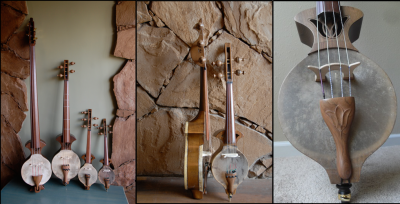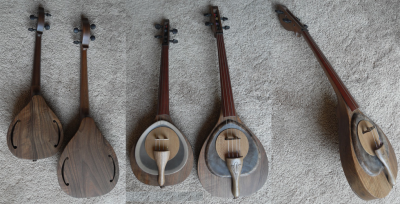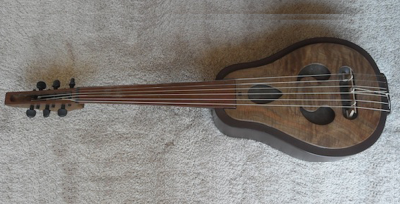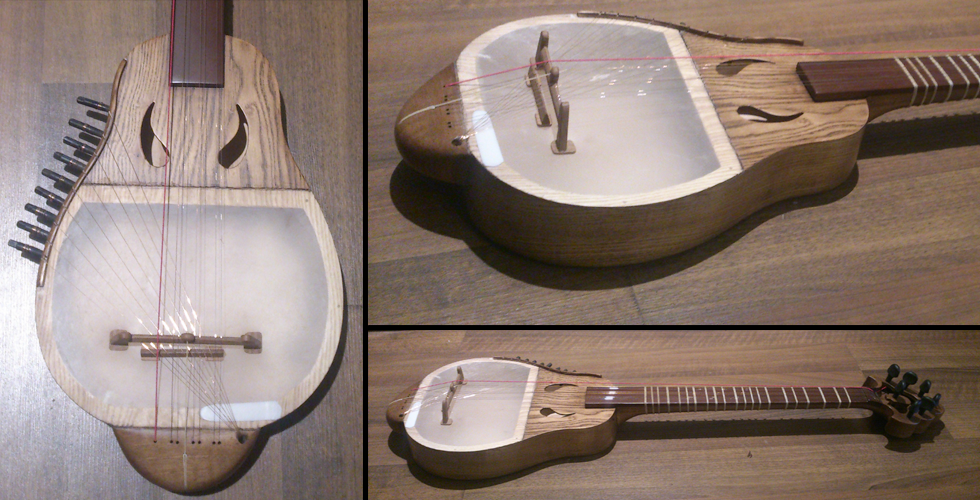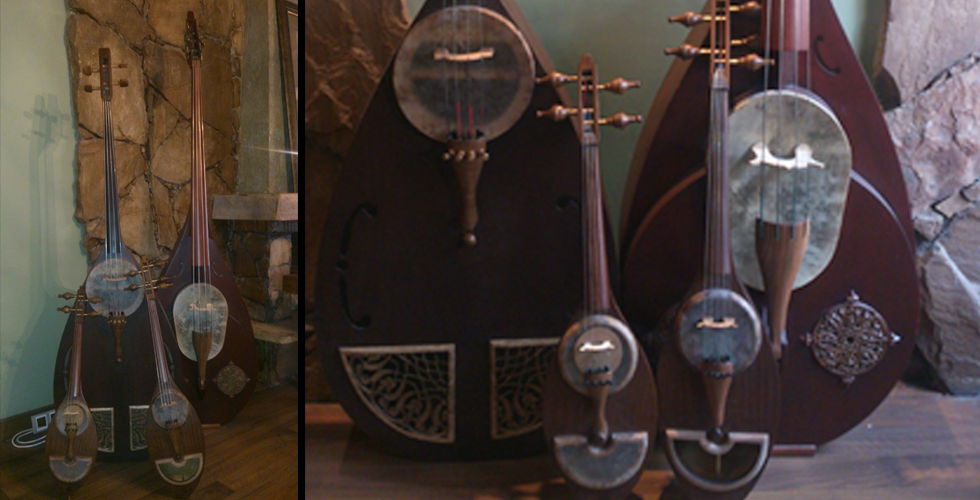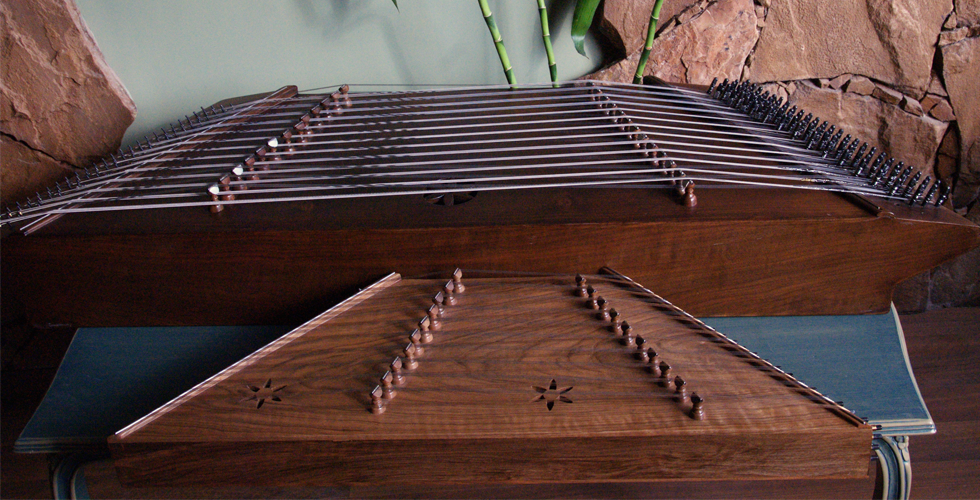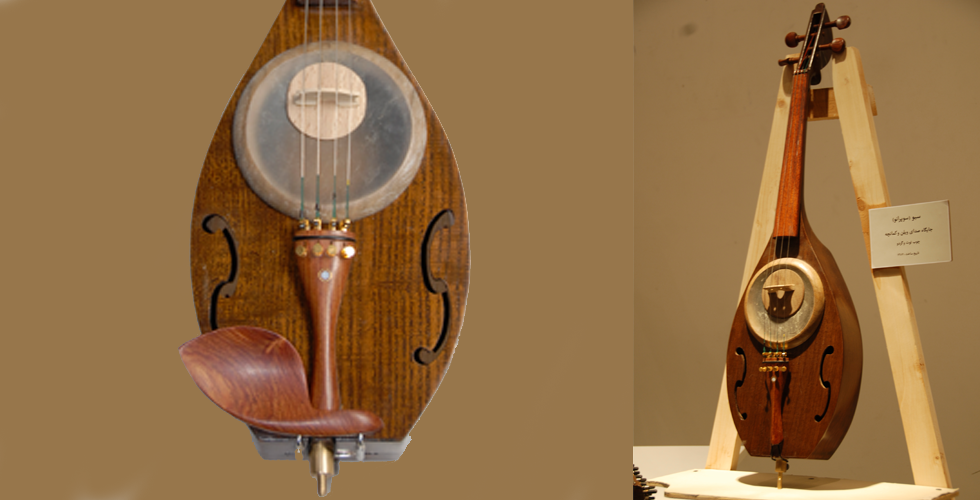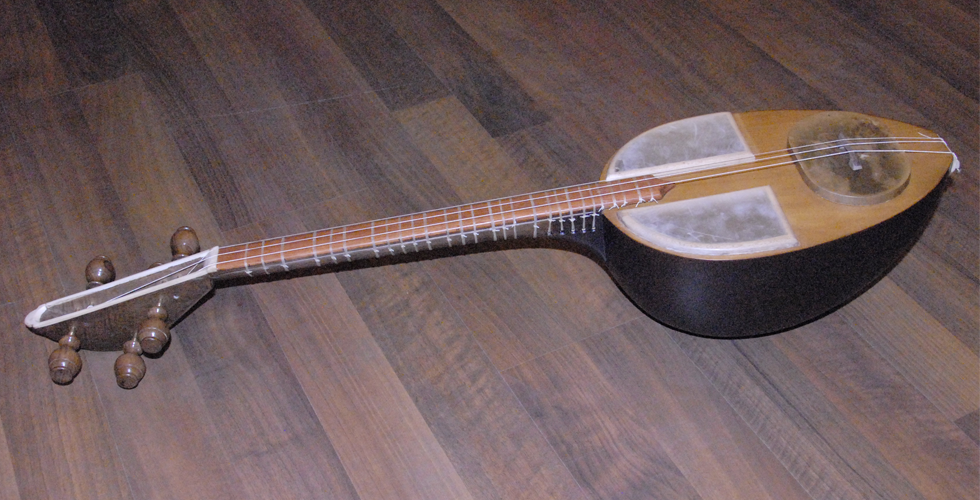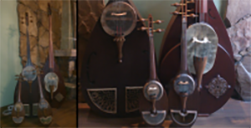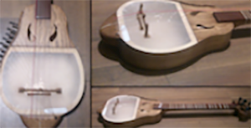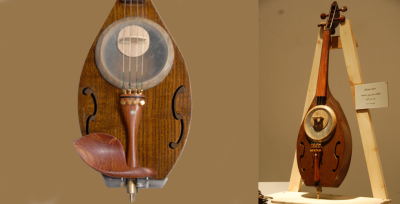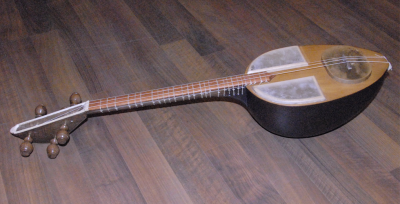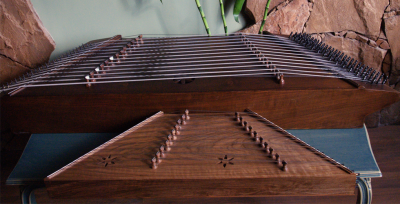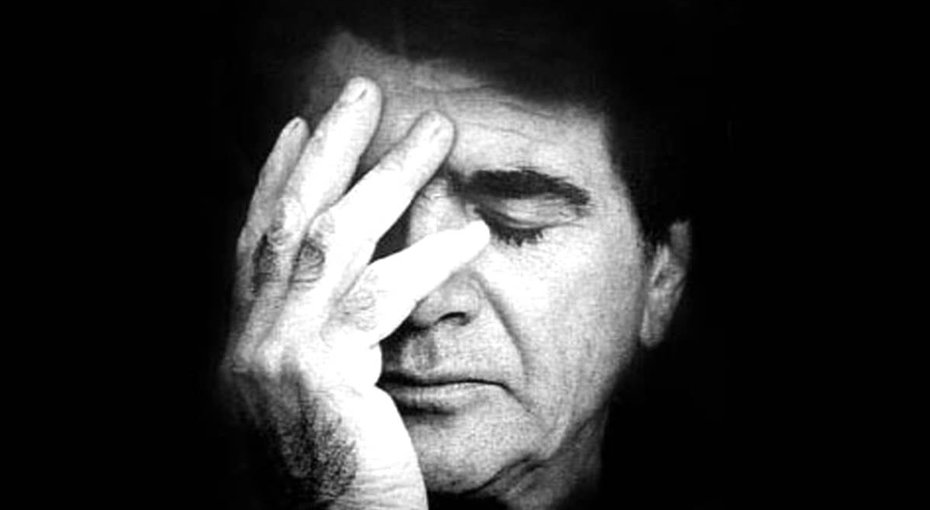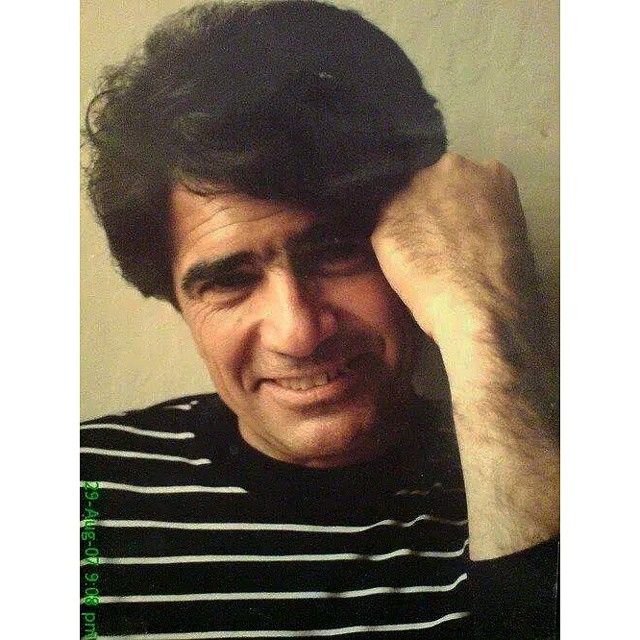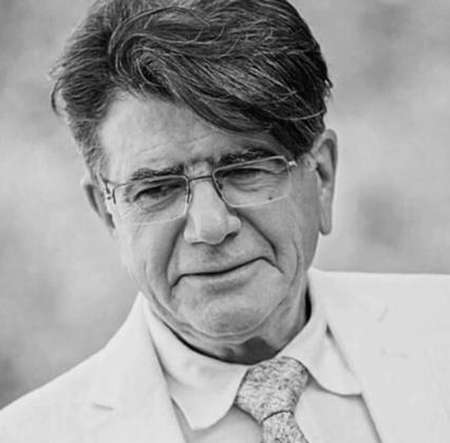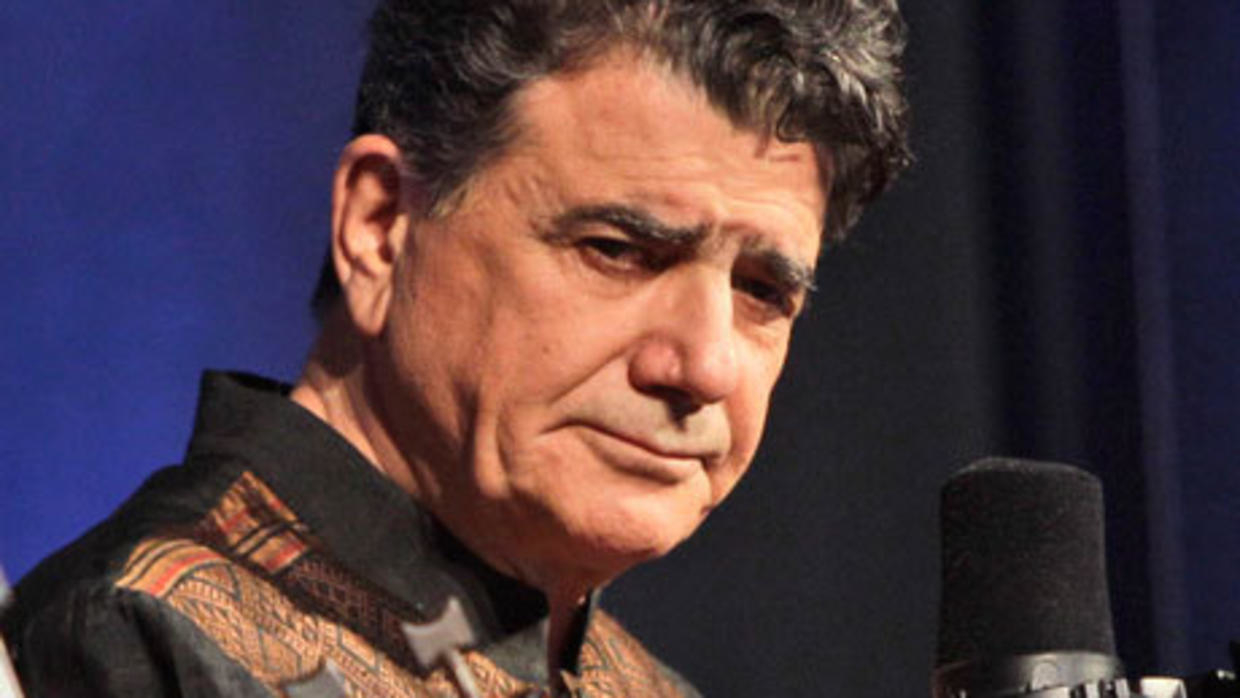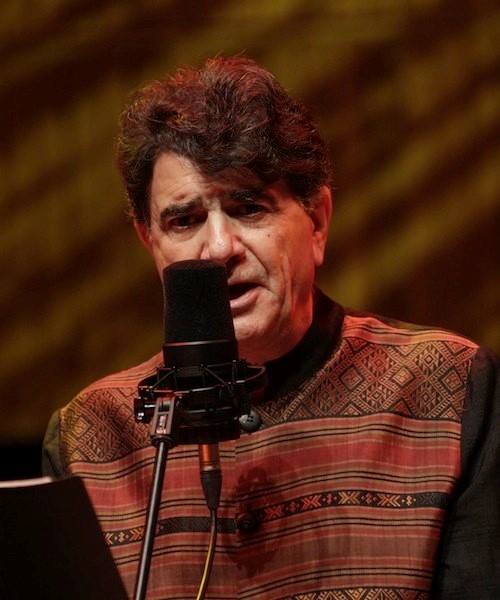Musical Instruments
Previously, we had no counterparts for international double-bass and bass instruments among our national instruments (Iranian instruments). Alongside me, these instruments have had the opportunity to be played on major stages, for their sound to be heard in hands of virtuoso musicians, for their capabilities to be witnessed and to emerge victorious through examinations. I advise that, even for once, you hold any instrument in your hands, play it and taste the sonority, so that you find how close it is to your musical gusto.
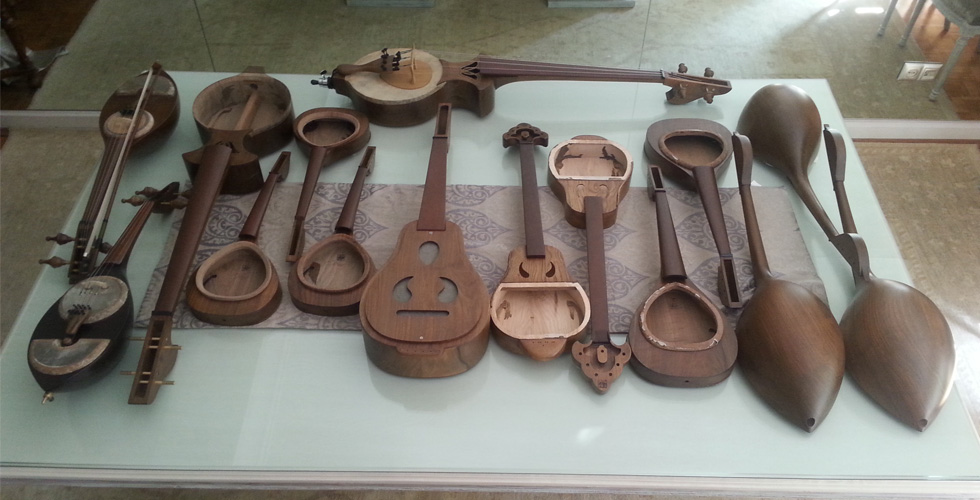
Instrumentalists are the ones to accredit an instrument. Every instrument, if held in hands of musicians in studios and on stages – so that they create memories for people through their art – after years will enjoy public appeal and achieve the stature of “national musical instrument”. Otherwise it is doomed to be forgotten in storage and archives. Our national and folklore musical instruments were not bestowed from heavens to the earth; Someone had made them initially, who undoubtedly did not possess such amount of samples and experience in crafting instruments. He had “a love” to make a piece of equipment, which could produce a pleasant sound. Every instrument that was crafted in the old times definitely did not have the shape, composition and quality it holds nowadays. It is through time that each instrumentalist has left comments to improve the sound and convenience of tuning the instrument and they have modified it so that the instruments have found their quality of today. It is incumbent upon us to build and give no way to fear; and it falls to you to behold the bringer of love through the positive eye, so that we can be a culture-creating nation.
“ShahrAashoob” family, that is alike violin family, consists of instruments in four different sizes; in ascending order the are as follows: soprano, alto, bass and double-bass.
The bass instrument is named “Shahnavaaz” and the double-bass, “Shahbaang”. The front plate is entirely of goat or lamb skin and the body is made of different types of wood such as: walnut, mulberry, ash and maple. These instruments offer the functionality of violin family with eastern musical color. Furthermore, playing the Shahbaang and Shahnavaaz is more convenient and in comparison to cello and contrabass, they weigh less and are smaller in dimensions, therefore, they can be moved with less difficulties in transports and travels.
The soprano and alto instruments can be played alike “Kamancheh”. In addition, via changing the skin, bridge or the soundboard beneath the bridge in each of these four instruments, you will be able to modify their musical color according to your taste. A feature that is not offered by violin family.

